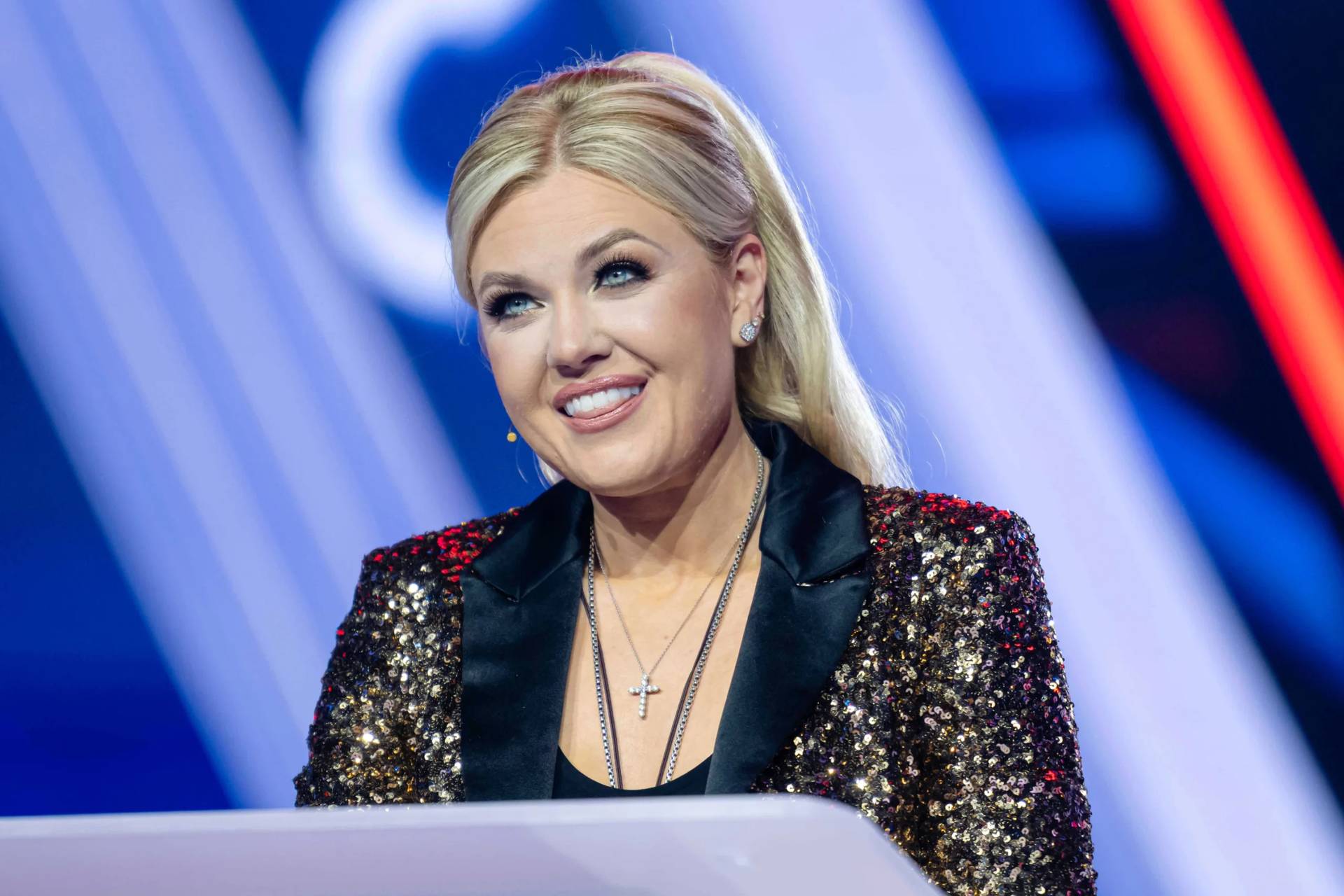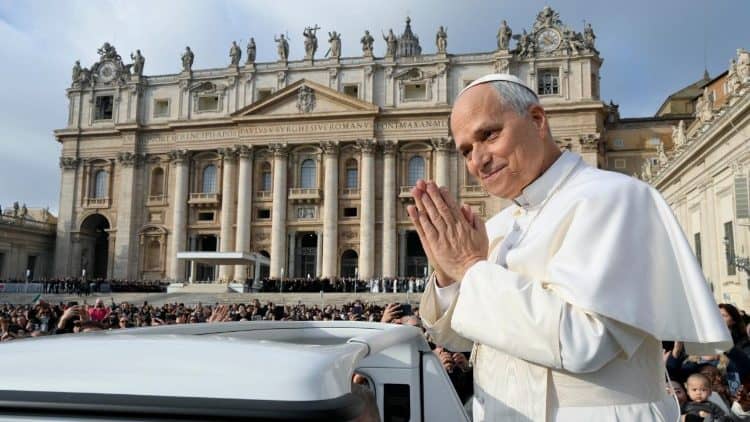[Editor’s note: Crux is publishing an occasional series of brief profiles in the ongoing drama surrounding clerical sexual abuse, ex-Cardinal Theodore McCarrick, and accusations of cover-up against various Church officials including Pope Francis.]
ROME – As the saga surrounding allegations raised by a former papal ambassador to the U.S. that Pope Francis covered up the misconduct of ex-Cardinal Theodore McCarrick continues, taking increasingly unprecedented twists and turns, questions still abound regarding some of the key figures involved.
One of these figures is Italian Cardinal Tarcisio Bertone, who was accused in an Aug. 25 statement by fellow Italian Archbishop Carlo Maria Viganò, who served as the pope’s ambassador to the U.S. from 2011-2016, of ignoring repeated warnings about McCarrick.
Details on Bertone’s role, and whether he potentially ignored or mishandled complaints, are still foggy, though the record does show he has a lengthy track record getting caught up in scandals.
Background
Tarcisio Bertone was born in the northern Italian region of Piedmont in 1934. He entered the Salesian order in 1950, and he was ordained a priest in 1960. Bertone holds a doctorate in canon law and he taught as a professor at various universities before his 1991 appointment as Archbishop of Vercelli, also located in his native Piedmont region.
In 1995 Bertone was named the Secretary of the Congregation for the Doctrine of the Faith, serving under then-Cardinal Joseph Ratzinger, who was named prefect of the department in 1981 and who held the position until 2005 and his election as Pope Benedict XVI.
Bertone was named Archbishop of Genoa in 2002, and in 2003 was given a red hat by St. Pope John Paul II. After John Paul died in 2005, Benedict XVI was elected pope and named Bertone as his Secretary of State. A year later, he was named the Vatican’s camerlengo, or “chamberlain,” meaning he had the task of administering Vatican affairs during a papal interregnum.
After Benedict’s resignation from the papacy in 2013, Bertone was confirmed in his role as Secretary of State. He only held the position for seven months under Pope Francis, retiring from the post in October 2013 when he was replaced by Italian Cardinal Pietro Parolin. Bertone retired from his role as camerlengo in 2014.
Though 83 and retired, Bertone continues to be a key figure in the Vatican. His name continues to pop up in the news, often in less than entirely flattering contexts.
A magnet for scandals
Though complaints about the way Bertone operated as Secretary of State began shortly after he was assigned to the post, due to a variety of meltdowns such as the rehabilitation of a Holocaust-denying bishop in 2009, he came under the most scrutiny toward the end of his tenure when the “Vatileaks” scandal hit in 2011-2012.
Shortly after Viganò’s transfer to the U.S. in 2011, confidential documents stolen from then-Pope Benedict XVI’s desk by his personal butler, Paolo Gabriele, were leaked to Italian journalist Gianluigi Nuzzi, who later published a book on the documents titled His Holiness: The Secret Papers of Benedict XVI.
Bertone’s name exploded in the Italian press, as the most noteworthy of the leaked documents were two letters from Viganò to Benedict and Bertone alleging various forms of financial and personal corruption, including by Bertone, and insisting that Viganò’s appointment was made to oust him for his efforts to crack down on illicit financial activities.
After the publication of the documents, Bertone was widely scrutinized for failing to adequately address corruption and for failing to prevent financial scandals.
When Francis was returning from a visit to the Holy Land in 2014, which marked his first international trip as pope, he confirmed to journalists on board the papal plane that the Vatican was looking into accusations that while secretary of state, Bertone had mishandled $17 million held by the Institute for the Works of Religion, also known as the Vatican bank, though no results ever came from the inquiry.
Bertone’s name flared up in scandal-related news again in 2017 when allegations arose that some $480,000 from the Vatican’s Bambino Gesù children’s hospital were used to renovate his 4,300 square foot top-floor apartment on the edge of the Vatican gardens, which offers a clear view of St. Peter’s Basilica and the Vatican hotel where Francis lives.
Charges were raised against the former president and treasurer of Bambino Gesù, Giuseppe Profiti and Massimo Spina, both of whom were convicted of misuse of funds. Bertone, who argued that he paid the bulk of the money out-of-pocket and that the renovations were made so hospital fundraising events could be held on the property, was absent from the trial.
Ignoring complaints about McCarrick?
When allegations were raised against McCarrick in 2000 by a New York pastor named Father Boniface Ramsey, they were allegedly sent to the Vatican when Italian Cardinal Angelo Sodano was Secretary of State. This is confirmed by a letter from then-Archbishop Leonardo Sandri, today a cardinal, to Ramsey in 2006.
According to Viganò, one of his successors as the papal ambassador in America, Italian Archbishop Pietro Sambi, sent Bertone an “Indictment Memorandum” by Gregory Littleton, a former priest laicized for abusing minors, who recounted his own abuse by McCarrick and that of several other priests and seminarians, in 2006.
The letter allegedly said that Littleton had already sent the same document to around 20 people, including civil and ecclesiastical authorities, and that it would therefore lead to further scandal in the U.S. Church unless the Holy See acted promptly.
Viganò, who at the time was serving as delegate for pontifical representations, said he got the same memorandum and sent it to both Bertone and Sandri, who was serving as the Vatican’s sostituto, or “substitute” in the Secretariat of State at the time.
Having made a series of suggestions, Viganò said his memo “was never returned to me with any actual decisions by the superiors on this matter.”
In 2008, a man by the name of Richard Sipe, a former Benedictine priest who was a noted expert on the phenomenon of clerical sexual abuse and its roots, wrote an open online letter to Benedict on the pattern of clerical abuse in the U.S.
Viganò alleges that after its publication, the letter was sent to Bertone by the Prefect of the Congregation for the Doctrine of the Faith, American Cardinal William Levada, and that he himself received it a month later.
Viganò said that after receiving Sipe’s letter, he penned another memo to new sostituto, Cardinal Fernando Filoni, which included his previous note from two years prior, and which also allegedly called for immediate intervention on McCarrick.
In his statement, Viganò said this second memo was also ignored, and he was “greatly dismayed” by the “inconceivable absence” of any response or action on the part of his superiors.
He argued against the admission of homosexual men to the priesthood, saying Benedict as pope took measures to prevent their entry into seminaries, and accused Bertone of taking the opposite stance.
Bertone, he said, “notoriously favored promoting homosexuals into positions of responsibility, and was accustomed to managing the information he thought appropriate to convey to the Pope.”
Not only did Viganò accuse Bertone of ignoring his memos from 2006 and 2008, but he also charged that the cardinal “had no difficulty in insistently presenting for the episcopate candidates known to be active homosexuals.”














